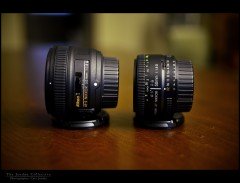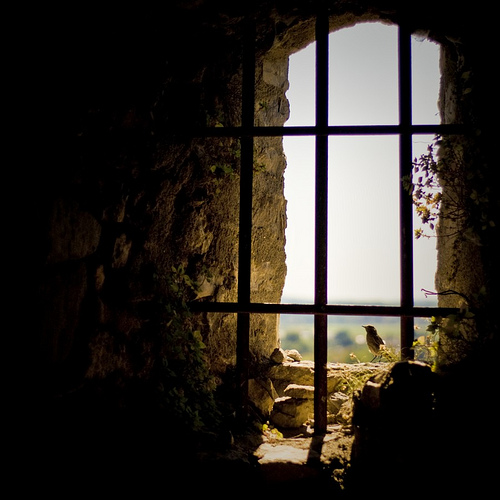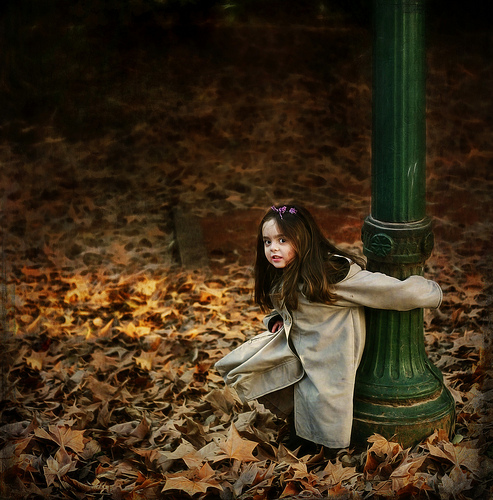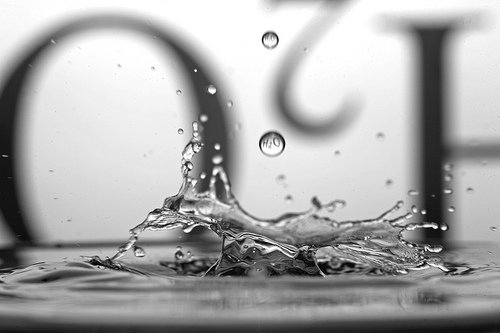
While reading through one of the popular posts on DPS, one thing that caught my attention was this nifty little idea — shoot fixed focal lengths for kick starting your photography again. As a matter of fact, this is one thing which helps the professional photographers take better images. Owing to its superior optical quality, speed, lighter weight, smaller bulk and lower cost, prime lens is the number one choice of the professional photographers. This reminds me of Henri Cartier-Bresson who used 50mm prime lens for much of his photographic works.
Even though a prime lens takes away the flexibility offered by the zoom lenses, it definitely helps you in becoming a better photographer. And here are 5 reasons why prime lenses help you in composing and taking great shots.
-
Prime Lenses Trigger Thoughtful Composition
The zoom lens make you lazy. With zoom lens on, instead of moving back & forth and changing the perspective, we love to play around with the zoom ring to compose and re-compose the vision. Thus end up compromising with the creative element of photography — the visualization. The fixed focal length of the prime lens on the other hand acts as the creativity booster. With fixed focal length lens, you already know your camera’s limits & bounds and thus compose the shots with the limited field-of-view in mind. And as Ken Rockwell says, prime lens puts you in compositional seeing mode; the fixed lens triggers the thoughtful composition.
-
Prime Lenses Tend To Produce Sharper Images
Prime lenses help you in getting clear, crisp and sharp results. This is so because in comparison to a zoom lens, a prime lens has fewer moving parts which are optimized for one particular focal length. With a less complicated lens construction, prime lenses suffer from minimal optical artifacts like distortions at extreme ends of zoom lens range, chromatic aberration and the like.
-
Prime Lenses Allow Action Stopping Shutter Speeds
Prime lenses also referred to as fast lenses usually have a larger maximum aperture than zoom lenses. The wider apertures at lower f-numbers enhance the low-light performance and allow for faster shutter speeds which enable you to master the art of action photography.
-
Prime Lenses Allow Narrow DOF & Excellent Bokehs
Darren Rowse once mentioned that “I love narrow depth of field shots – bokeh is my friend”. Every photographer, be it a beginner or a pro, simply fall in love with the aperture magic. The lower f-numbers (f/1.2, f/1.4) give you an opportunity of framing outstanding photographs — the photographs with selective focus, blurred backgrounds and beautiful bokehs. If you also love to photograph at lower f-numbers, prime lenses are sure to impress you with the amazing results.
-
Prime Lenses Are Lightweight
The lightweight of the prime lens has its own advantages over bulky zoom lenses. With small, fixed lenses you are light and mobile and can go on enjoying your photographic excursion. Andrew Gibson counts on it as one of the factors for enjoying photography. Here’s the excerpt from one of his posts, “Another advantage of 50mm prime lenses is that they are very light. This makes a big difference if you’re walking around all day with your camera gear. I’ve made the mistake of taking too many lenses at one time and then being too tired at the end of the day to enjoy taking photos”.
Professional photographers love to photograph and experiment with prime lenses. One such example is Ecstaticist. Check out his collection called A Thousand Drops of Light for some unique examples achieved by using a reversed 50mm prime lens in front of another camera or lens. And don’t forget to share your thoughts on prime lens.






I believe that Henri Cartier-Bresson used a 35mm lens as his basic lens on his Leica…
Thanks to APN for providing this great article on primes vs zooms. I totally agree and practice what it preaches (unless I’m just “happy snapping”). I think the point about being more thoughtful about composing is the key to enhancing one’s photographic skills.
Comment for Jonathon: As it turns out, Mr. Bresson favored a 50mm lens in most of his work (at least with his Leica rangefinder). Check out the link below.
http://erickimphotography.com/blog/2011/08/10-things-henri-cartier-bresson-can-teach-you-about-street-photography/